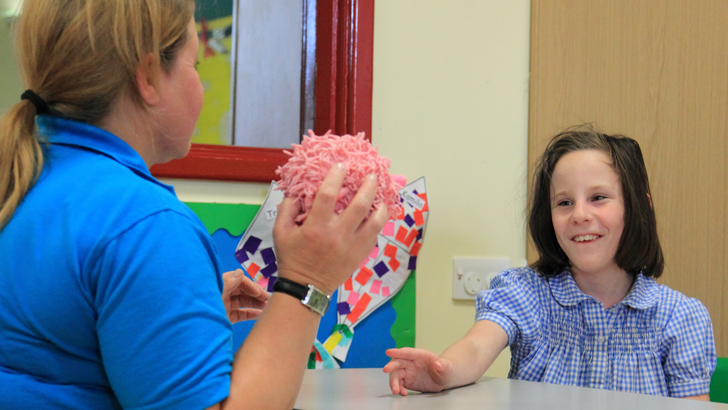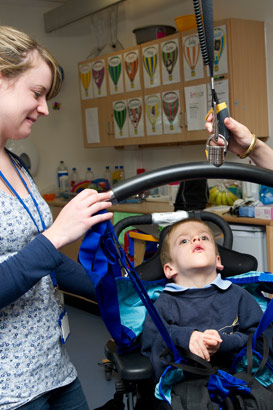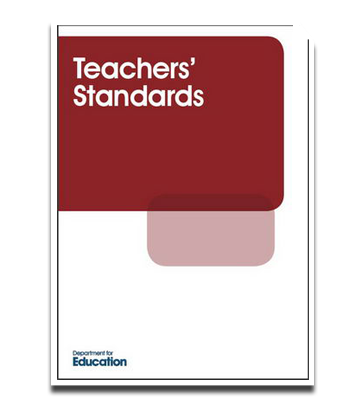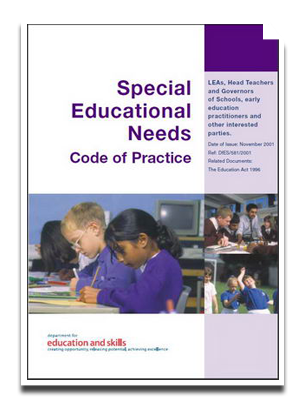

Level B of this module introduces engagement and personalised learning for children with SLD/PMLD/CLDD. It gives an overview of how they affect children's learning and how to work collaboratively to deliver engagement. It also covers how to use the engagement profile and scale.

The materials in this level are intended to provide those working with children with SLD/PMLD/CLDD the tools to be able to:
- Identify what engagement looks like for children with complex needs and recognise that each child has individual ways of demonstrating engagement;
- Know how to engage a child as an active learner so that they can achieve and progress; and
- Know who can support a child to engage in learning and the importance of collaborating to enhance engagement in learning.
Details of the professional standards that apply to all teachers in England can be obtained from the Department for Education website. These standards apply to all teachers regardless of their career stage and all aspects of the standards are relevant to teachers working with children with special educational needs.

As defined by the Department for Education Special Educational Needs Code of Practice (2001), children have special educational needs if they have a learning difficulty which calls for special educational provision to be made for them.
Children have a learning difficulty if they have:
- A significantly greater difficulty in learning than the majority of children of the same age, or
- A disability which prevents or hinders them from making use of educational facilities of a kind generally provided for children of the same age in schools within the area of the local education authority.

With thanks to the professionals who contributed to this module:
Module Content
Dr Tamara Brooks, Consultant, Design for Autism
Dr Jean Law, Consultant Educational Psychologist, Quorn Psychology Services
Professor Barry Carpenter, Academic Director (Special Educational Needs), The Schools Network
Beverley Cockbill, Training Officer, The Schools Network
All modules produced by The Schools Network and
Real Group (UK) Ltd for the Training Development Agency for Schools (TDA).
Editorial Team
Dr Mark Turner, Real Group (UK) Ltd
Professor Hilary Constable, The Schools Network
Jo Egerton, The Schools Network
Anne Fowlie, The Schools Network
John Truman, The Schools Network
Annie Grant, Independent Consultant
Production and Design
Jonathan Bond, Real Group (UK) Ltd
Colm Gibson, Real Group (UK) Ltd
David Hutter, Real Group (UK) Ltd
Ruth Earl, Real Group (UK) Ltd
Video, Audio and Photography
Atomic Productions
Project Management
Professor Barry Carpenter, The Schools Network
Alan Macgregor, Real Group (UK) Ltd
Sylvia Paddock, The Schools Network
Dr Mark Turner, Real Group (UK) Ltd
Caroline Ward, The Schools Network
Thanks to all the children, parents, carers, assistants and teachers for their involvement.
© Crown Copyright, 2012